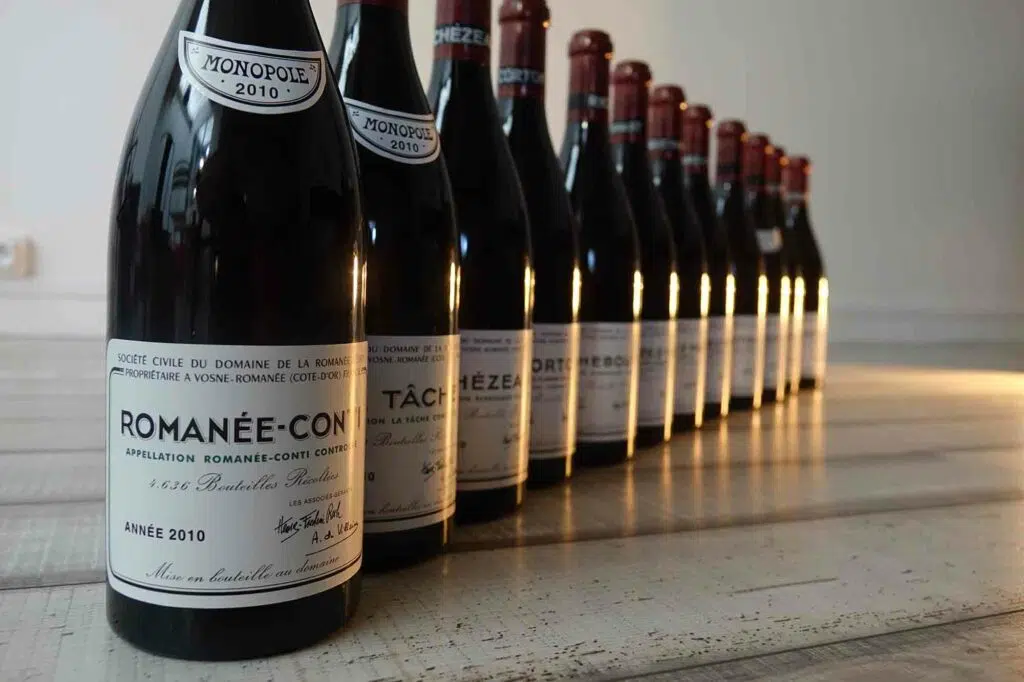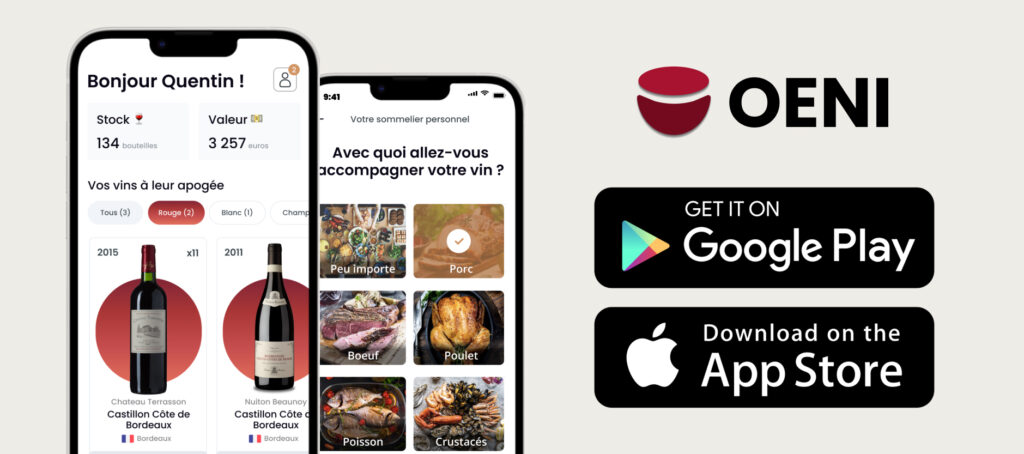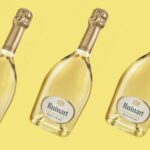Wine fascinates, brings people together and sometimes divides them on one point: its price. From a €5 wine to a bottle costing several thousand, the difference is intriguing. Yet every penny can be explained. Let's discover the factors that influence the value of a bottle of wine, whether modest or prestigious.
If you're interested in wine-related articles, download our app for IOS or Android. It will give you access to our wine lexicon, our articles and our innovative solution, designed for all wine consumers and collectors.
Production costs influence final price
It all starts in the vineyard. Location, climate and growing method have a direct impact on production costs. A plot on a slope, difficult to access, requires more labor. A biodynamic estate requires more time and care.
Harvesting can be either manual or mechanical. Hand-picking is more expensive. However, it guarantees a meticulous selection of bunches, influencing quality. This quality has a direct impact on the price of wine.
Appellations and their prestige weigh in the balance
The appellation system creates hierarchies. A wine classified as AOC or AOP reassures the consumer. These labels guarantee strict specifications. These include authorized grape varieties, yields and growing methods.
Prestigious appellations such as Pauillac and Meursault are driving prices up. Their name alone evokes excellence. So the wine price factor also includes the reputation of the terroir.
The role of grape varieties and yields
Not all grape varieties cost the same. Some are more sensitive and require more care. The temperamental Pinot Noir, for example, requires constant attention. Others, like Merlot, adapt more easily, reducing costs.
Yields also influence costs. The less a vineyard produces, the more each bunch counts. Lower production often means higher concentration. But it also means fewer bottles. This creates a scarcity effect, and the value of the bottle increases.
The rarity and renown of the producer

A well-known estate, whose vintages sell quickly, can charge high prices. Strong demand creates tension. Enthusiasts clamor for bottles. The notoriety effect comes into play.
What's more, some growers voluntarily limit their production. They prefer to focus on quality. This choice reinforces scarcity. On the market, bottles become more desirable. This partly explains the variations in wine prices.
Aging also impacts value
A young wine generally costs less. Yet some wines gain in value over the years. They improve, gain in complexity, and become sought-after.
Well-preserved old vintages can reach new heights. Their rarity drives up bids. Here again, the value of a bottle of wine is built up over time.
Dressing, packaging and logistics
The label, the bottle, the cork... These elements also influence the price. A thick glass bottle, a natural cork stopper or a beautiful printed label all add to the cost.
Packaging also influences price. A wine in magnum costs more to produce and transport. Yet it ages better, attracts collectors and creates greater perceived value.
The secondary market and speculation
Some wines enter the speculative circuit. They are no longer bought to be drunk, but as an investment. Specialized websites and auctions are creating a parallel market.
In this case, the value of a bottle of wine depends less on its content than on supply and demand. Bordeaux's grands crus classés are a good example of this phenomenon. Their price fluctuates according to vintage, critics' scores and economic conditions.
The role of critics and guides
A good score in a renowned guide or a good review in an influential magazine can boost prices. Parker or RVF scores influence the market.
These evaluations create legitimacy. They reassure buyers and justify price increases. It's a powerful lever for ambitious producers.
Cultural and emotional context
Last but not least, wine is about emotion. Giving a wine as a birthday present, to celebrate an event or to treat oneself sometimes leads to spending more. The wine price explanation is not just logical. It also appeals to the emotions.
A consumer may choose a more expensive bottle for the occasion, the rarity or the story it tells. The human and cultural dimension of wine reinforces this pricing diversity.
If you enjoyed this article, please feel free to read the following article "Oeni vs Excel: why our app wins out"which may also be of interest to you!





